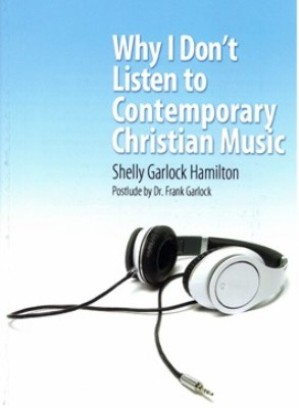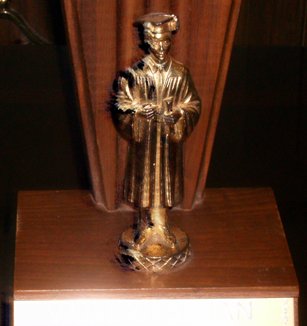At the Jerusalem Council, Peter and James both cited what took place at Gentecost (Acts 10) as the conclusive evidence that Gentiles did not need to be circumcised and keep the Law in order to be saved. The account in Acts 15 presents James as the chief leader who presided over what took place at the Council.
In his decisive remarks, James declared, “Men and brethren, hearken unto me: Simeon hath declared how God at the first did visit the Gentiles to take out of them a people for His name” (15:13-14). He added, “And to this agree the words of the prophets; as it is written,
AFTER THIS I WILL RETURN, AND WILL BUILD AGAIN THE TABERNACLE OF DAVID, WHICH IS FALLEN DOWN; AND I WILL BUILD AGAIN THE RUINS THEREOF, AND I WILL SET IT UP: THAT THE RESIDUE OF MEN MIGHT SEEK AFTER THE LORD, AND ALL THE GENTILES UPON WHOM MY NAME IS CALLED, SAITH THE LORD, WHO DOETH ALL THESE THINGS (15:15-17).”
Here James used Amos 9:11-12. Because he did so, we must maintain that he expected that his hearers would be familiar with the passage and would also readily understand how to interpret Gentecost in relation to it.
For us, establishing the full significance of his use of this passage involves many complexities, and interpreters differ widely on what he communicated through it.[1] Nonetheless, if we are to profit fully from what God has revealed to us about both the Jerusalem Council and Gentecost, we must interpret Gentecost in relation to Amos 9.
I look forward to this study and to sharing what God gives to me through it in future posts. As God brings it to mind, please pray for Spirit-filled insight for me as I undertake this important project.
[1]For a thorough discussion see Beale and Carson, Commentary on the New Testament Use of the Old Testament, 589-93.
Copyright © 2011-2024 by Rajesh Gandhi. All rights reserved.







